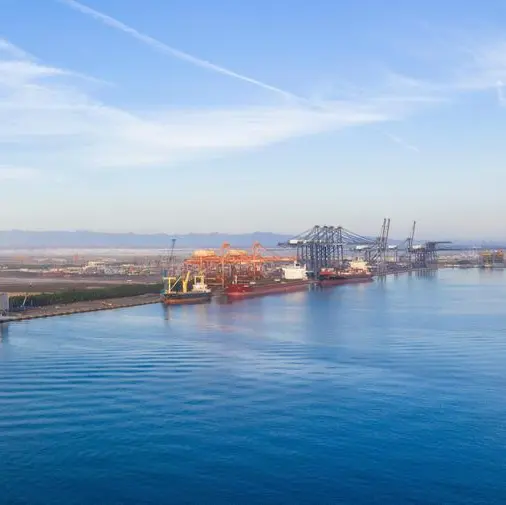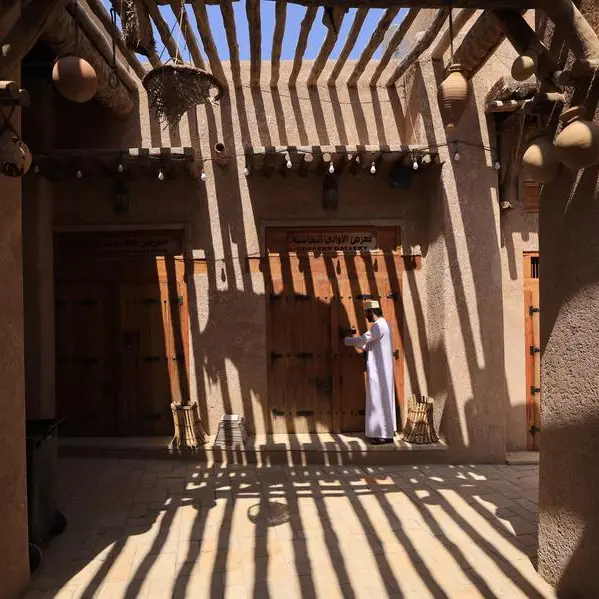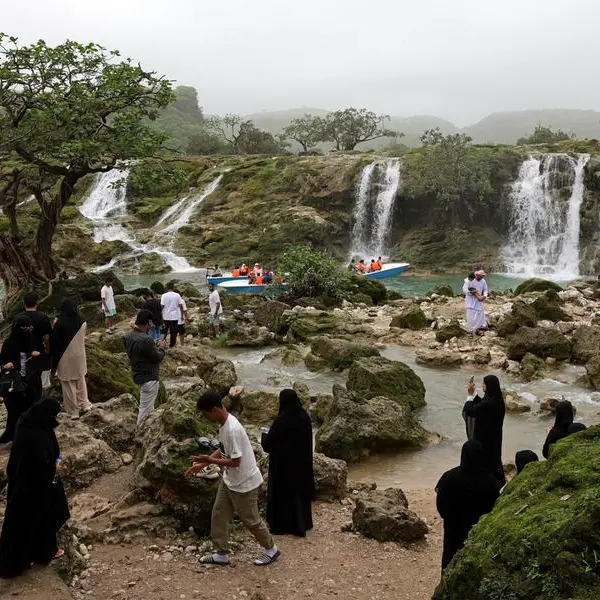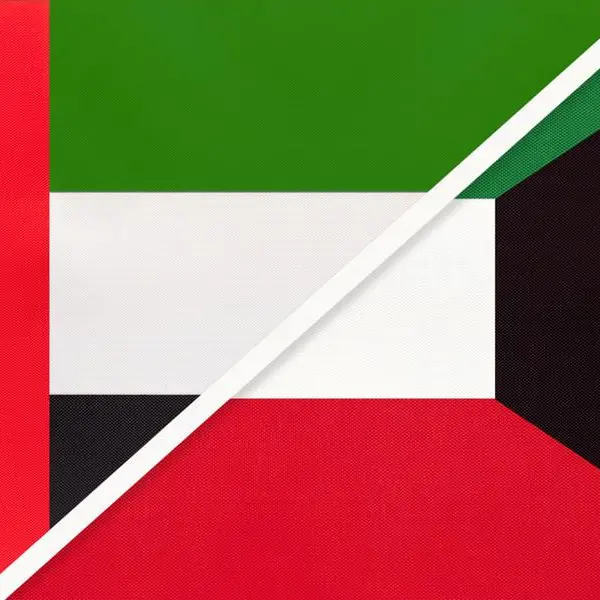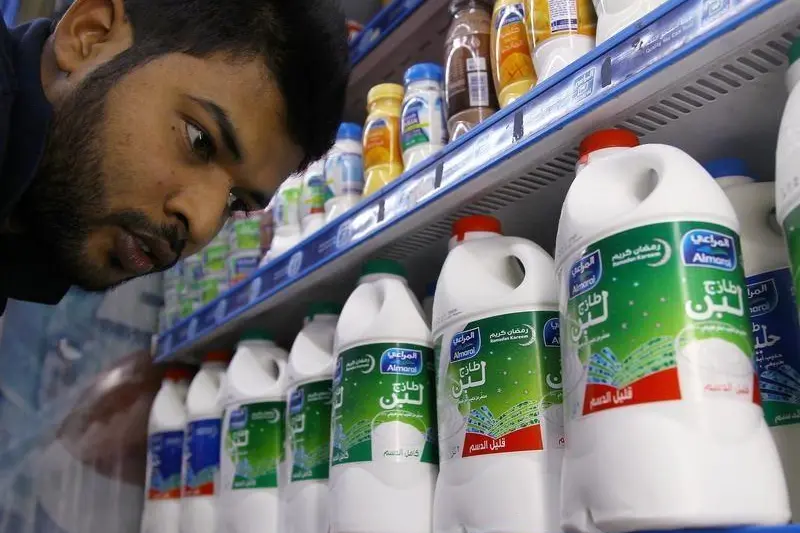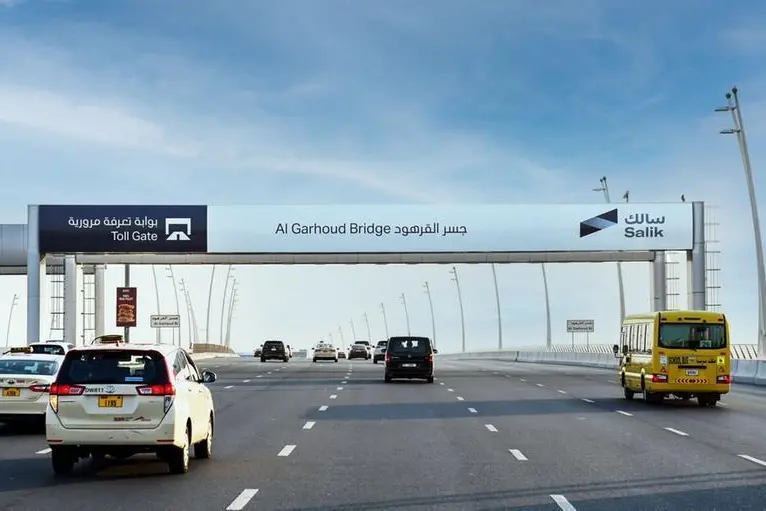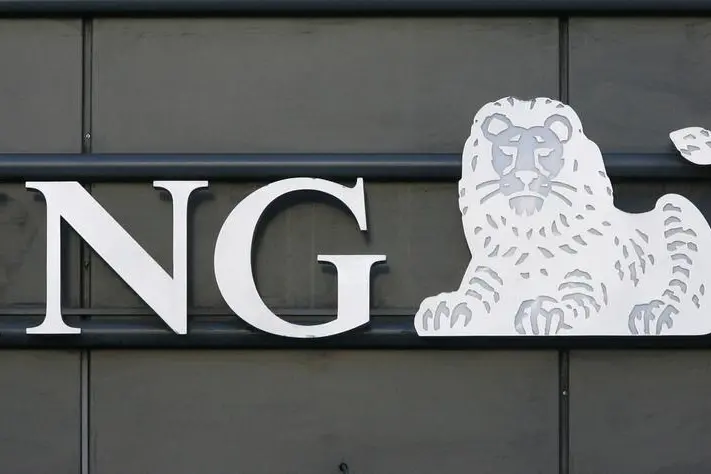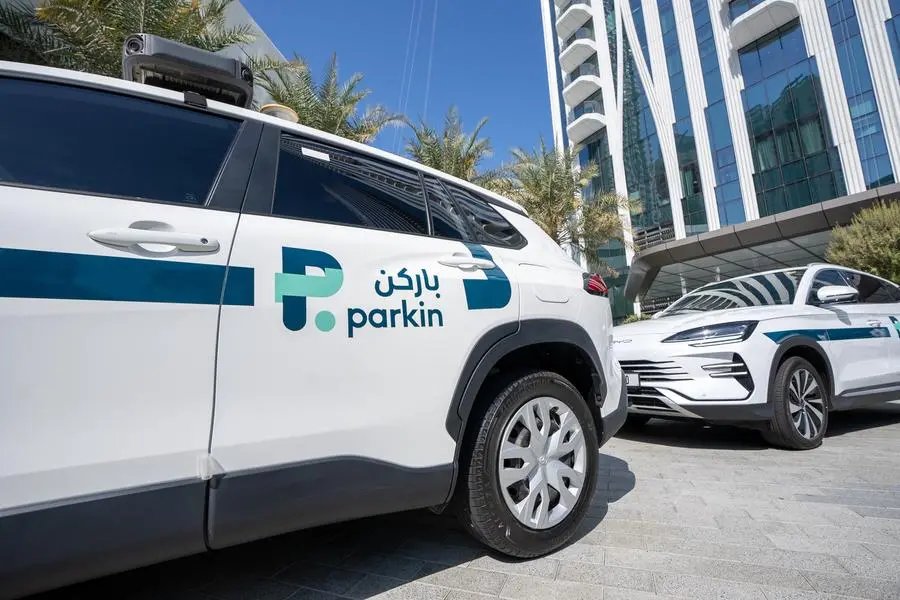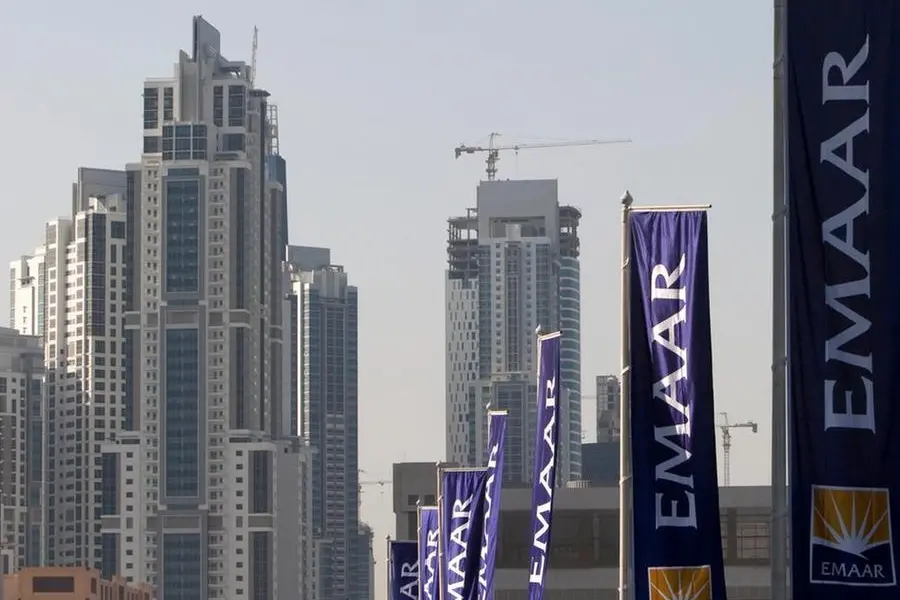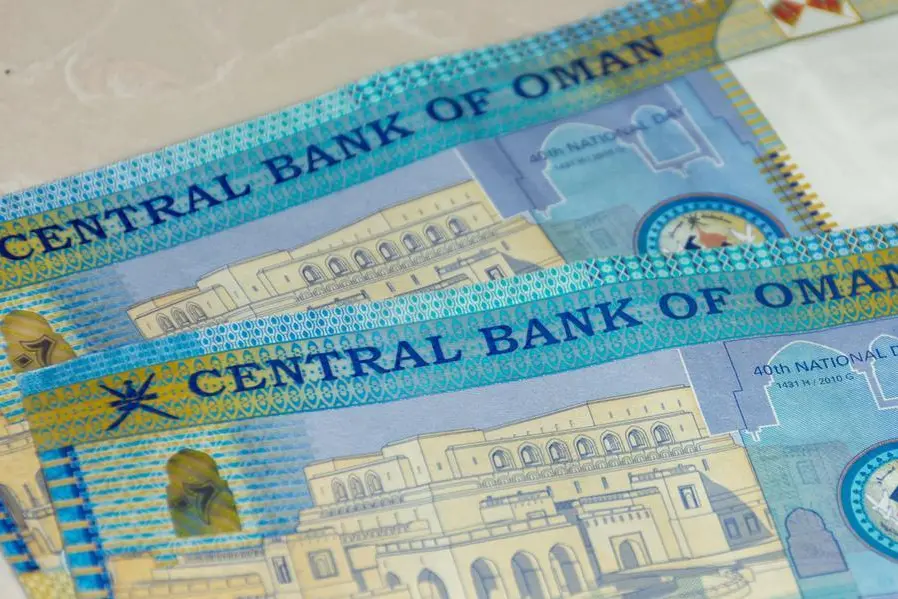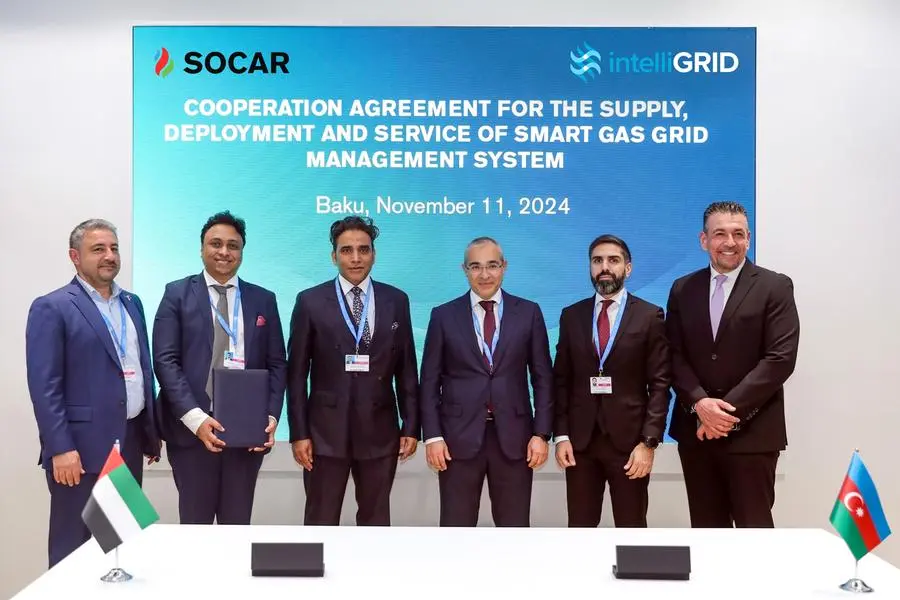PHOTO
As the world’s cities grow, so do their problems. From Chicago to Cairo to, Rome to Riyadh, cities are struggling with everything from dated and inadequate infrastructure to urban sprawl, air and water pollution, and greater inequality.
In response, city authorities, planners, and developers can reimagine urbanism by applying fresh thinking and innovative approaches drawing on data that improve livability, sustainability, and inclusivity, say Bilal Mikati, partner, and Samer Moubarak, principal, with Strategy& Middle East, part of the PwC network.
Action is needed because pressure on cities is intensifying: UN-Habitat forecasts the urban population in GCC countries alone will reach 63 million by 2035, up by nearly a quarter from 2020.
Across the Middle East, cities are under strain from congestion, pollution, and environmental degradation. To cope, cities are rethinking old approaches and concepts which have remained unchanged for decades.
Cities are increasingly adopting more dynamic, often data-informed approaches to urban development that improve livability. GCC cities, relatively new and growing fast, can find the follow five key actions relevant, says the duo.
Make cities more human scale
First is the need to make cities more human scale. Developing residential, commercial, and public spaces at a human scale reduces congestion by encouraging walking and the use of lightweight mobility solutions such as scooters.
Making communities more compact also uses infrastructure more efficiently and improves livability and vibrancy, especially when emphasis is placed on ground floor activation through retail, dining, and entertainment that promotes increased pedestrian activity.
Encouraging walkability is especially relevant across the Middle East, where people continue to rely on cars and other forms of transportation, partly due to weather conditions, say the experts.
In the region there is growing use of passive cooling approaches such as shifting building orientation, mixing indoor and outdoor spaces, and the more thoughtful use of landscaping and “hardscaping,” which uses decorative elements, to maximise shade.
Making the most of public spaces
Second is maximising the use of public spaces. Urban amenities like parks and community gardens can improve air and water quality and provide much-needed green space for residents. Thinking through the hierarchy of spaces - from gardens, to parks, and to green corridors - is critical to create places where people can meet and build a sense of community.
A city should distribute these spaces in a manner that ensures easy access within an acceptable timeframe. These spaces do more than promote urban livability, they could also provide economic opportunity as occurred with the High Line in New York City, or social activity, as achieved by the Gardens by the Bay in Singapore, which has attracted 93 million visitors in its first decade.
Greener urban mobility
Third is the need to move to greener urban mobility. GCC cities can shift toward less carbon intensive mobility solutions and pedestrianisation, making cars a commuter’s last resort.
Older cities with considerable legacy issues have been able to reduce traffic congestion, improve public health, and become more walkable and transit oriented. GCC cities, without those legacy problems can do likewise, says the duo.
That requires building the right infrastructure, many GCC cities are already investing in metro systems, and setting the proper incentives and policies. For example, in South Korea the Cheonggyecheon Stream Restoration Project decomissioned a traffic overpass and turned it into a public space.
Despite initial concern that this change would hinder traffic flows, the result was that the project enhanced urban livability and commuters adapted by using different forms of mobility - there was little impact on overall circulation.
Use of public transport grew significantly, with bus ridership up by 15.1% and there was increased economic activity and footfall from residents and tourists.
Incentivise environmental sustainability
Fourth is incentivising environmental sustainability. Cities can use incentives to encourage sustainable development, and circular economy principles and solutions. These include modular construction, energy efficiency, and nature-based urban design that create economic value and mitigate environmental impact.
That opportunity comes from the $2 trillion investment in urban development that we calculate will go into for GCC cities during the next decade.
Beyond environmental benefits, Strategy& estimates that sustainable development and the circular economy could increase GCC region GDP by more than 10% annually while creating four million jobs a year.
Plan cities more dynamically
Finally, cities can be planned more dynamically. Today’s technology provides planners with unprecedented insight into how cities function and their residents live. The next step is to transition into cognitive cities, using technology to empower planners to act more proactively, dynamically, and thoughtfully.
For example, digital twins allow cities to perform comprehensive impact assessments virtually. That means they can make highly informed decisions about urban infrastructure before embarking on significant capital investments, while managing existing systems more efficiently, say Mikati and Moubarak.
The field of urbanism, how people interact with the build environment, has been relatively static for decades. That cannot continue as people stream into the world’s cities.
Improving the livability of our metropolitan areas while reducing their environmental impact demands governments, developers, and planners reinvent their approach to urbanism, they add.
Copyright 2024 Al Hilal Publishing and Marketing Group Provided by SyndiGate Media Inc. (Syndigate.info).


